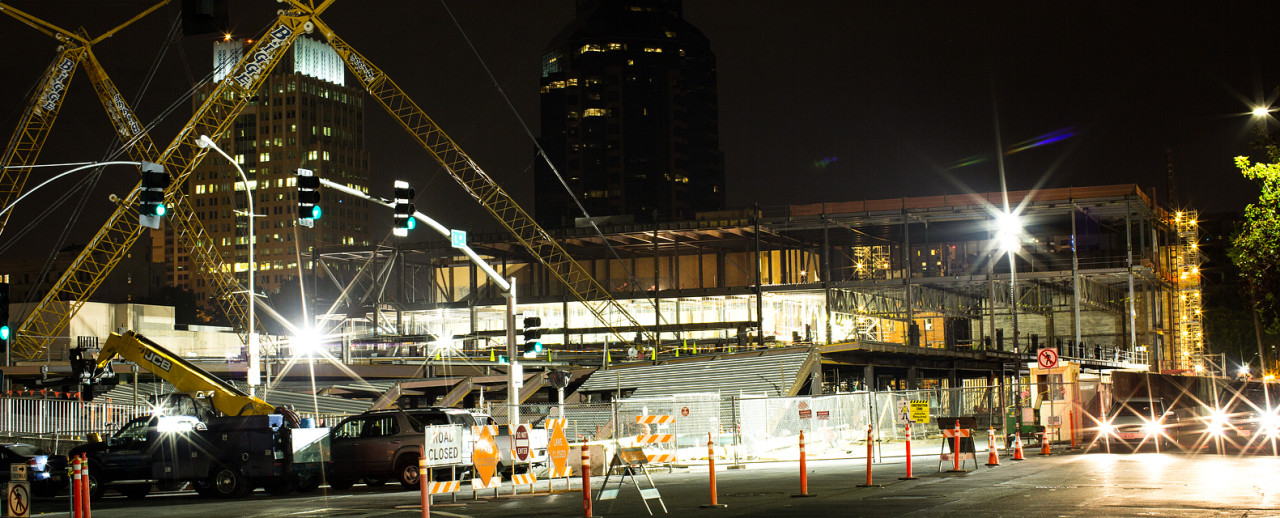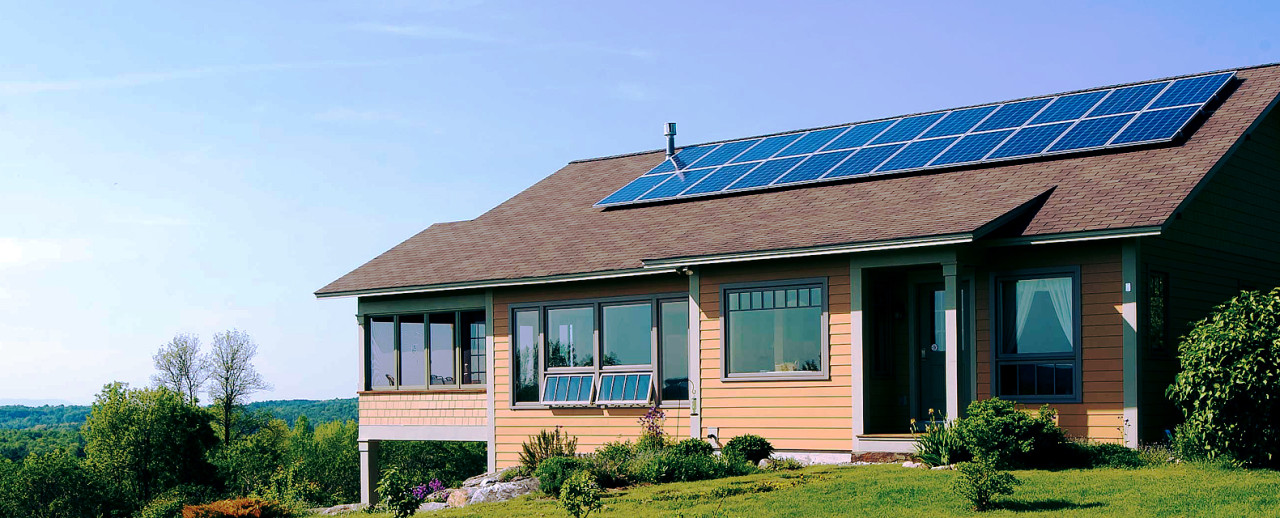You finally found that elusive house in the perfect neighborhood with old world charm that tugs at your heart strings and feels like home. The built-ins make you swoon, the original hardwoods are there in all of their creaking splendor. You are utterly in love. But despite looking sturdy and well kept on the outside, many older homes are harboring potentially deadly electrical issues hidden within their wall-papered walls!

Our lives have changed greatly from the bucolic existence we once enjoyed to a technologically advanced and electricity-reliant speedier way of life. We have more appliances that require more power than older electrical wiring was designed to provide. Additionally, advances in electrical wiring technology have created safer ways of providing the electricity we need while reducing the risks of shock or fire.
Prior to 1900, most homes used Knob and Tube wiring. They would nail ceramic, insulated knobs to the sides of joists in a house’s frame. When they ran the wires, the knobs would keep them off the frame and prevent them from electrifying the wood. Tubes were used when the wires needed to go through joists. This was gradually phased out in the 1930’s but can be found in homes built all the way up to the 1950’s.

Old knob and tube wiring can wear down from the current running through it and cause a safety hazard. For this reason, when old knob and tube wiring is discovered, it is replaced with more modern wiring. Many insurance companies will not provide coverage on homes with knob and tube wiring because of the hazard that it presents. Additionally, it may have to be upgraded in order to buy/sell an older home. And replacing old knob and tube wiring can be very expensive – over $5k even for a small home.
If you are already living in an older home with knob and tube wiring, another option is to rewire your home in sections as needed over time to defer the cost instead of having to pay for the entire re wire job all at once. You can add additional new outlets wired back to the breaker box to lighten the load on the existing knob and tube wiring to create a safer environment until you are able to slowly replace all of the old knob and tube with safer, more modern wiring.
Many older homes, even those that do not utilize the old knob and tube wiring, are simply not wired to meet the needs of the energy requirements of today’s technology-heavy life style. A typical older home could have been wired for 100, 150 or 200 AMP service. Now, most homes require at least 200 AMPS to meet modern electrical needs.
While older wiring is not inherently dangerous, wiring and connectors deteriorate over time and this can lead to a dangerous situation. If your wiring is more than 40 years old, it is a good idea to hire a licensed electrical contractor to come and perform an inspection. You can expect for this type of inspection to cost between $150-$300, depending on the size of your home. Once you know exactly what type of electrical wiring you are dealing with and what condition it is in, you can make a decision about whether or not rewiring the house in sections or all at once is the best option for you!





